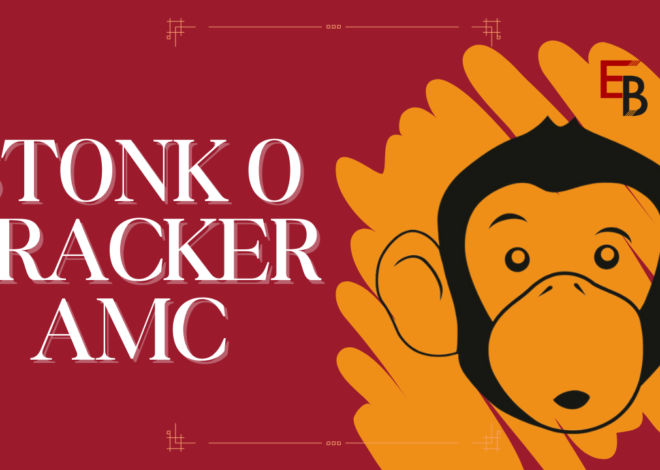
The Great Western Buildings Lawsuit – A Comprehensive Analysis
The construction industry, often marked by rapid development and innovation, occasionally faces legal disputes that shake the foundation of trust between businesses and clients. One such prominent case is the Great Western Buildings lawsuit, which has garnered widespread attention due to its implications for pre-engineered steel buildings and the broader construction landscape. This comprehensive analysis delves into the details of the lawsuit, the allegations, its impact on stakeholders, and its wider implications for the industry.
Understanding Great Western Building Systems
Great Western Building Systems has long been recognized as a significant player in the pre-engineered steel building market. The company built its reputation on providing customized, durable, cost-effective solutions for warehouses, agricultural facilities, commercial buildings, and other infrastructure needs. With a customer-centric approach and promises of high-quality construction, Great Western became a trusted name for many clients seeking reliability and innovation.
However, like many large businesses, Great Western faced challenges that led to disputes with customers and contractors. The issues escalated over time, culminating in the now-infamous lawsuit that has cast a shadow on the company’s reputation.
The Genesis of the Great Western Buildings Lawsuit
The Great Western Buildings lawsuit did not emerge overnight; it resulted from a series of grievances and complaints from clients and contractors. Several reports indicated dissatisfaction with the company’s services, ranging from delayed product deliveries to allegations of breached contracts. The dissatisfaction culminated in a legal battle that has become a cautionary tale for companies operating in the construction sector.
The initial complaints revolved around issues like incomplete deliveries. Clients cited instances where critical components, such as roll-up doors and structural panels, were missing, leading to significant delays in construction projects. These delays disrupted timelines and led to financial losses for contractors and clients, who often rely on strict schedules to maintain profitability and meet project deadlines.
Key Allegations Against Great Western Building Systems
The lawsuit against Great Western Building Systems included several serious allegations. Understanding these claims is essential to understanding the lawsuit’s complexity and potential repercussions on the industry.
- Product Delivery Issues
One of the most significant grievances involved delayed or incomplete deliveries of pre-engineered steel components. Many customers alleged that they did not receive their orders on time, and in some cases, essential parts were missing. This issue created cascading problems for construction projects, often requiring clients to source replacement components from other suppliers at additional costs.
- Breach of Contract
Another critical allegation was the breach of contract. Clients and contractors accused Great Western of failing to fulfill its contractual obligations, particularly in delivering quality products as promised. The breach extended to claims that the company did not adhere to agreed-upon timelines, specifications, or customer support commitments. Such breaches strained client relationships and contributed to the growing mistrust in the company’s services.
- Structural Quality Concerns
Some customers reported structural weaknesses in buildings constructed using Great Western’s components. During the legal proceedings, allegations of water damage, improper panel alignment, and insufficient durability surfaced. These concerns raised questions about the company’s manufacturing processes and highlighted potential safety risks for end-users.
The Legal Proceedings
The Great Western Buildings lawsuit unfolded as a complex legal battle involving multiple stakeholders, including clients, contractors, and the company’s representatives. As the plaintiffs alleged, the case revealed significant discrepancies between the company’s promises and its actual performance.
During the trial, the evidence presented included contracts, customer testimonies, and engineering reports detailing the deficiencies in Great Western’s products and services. The court proceedings revealed a pattern of unresolved customer complaints and potential lapses in quality control processes within the company.
While the final judgment is still pending in some jurisdictions, the lawsuit has prompted Great Western to review its operational practices. The case has also become a focal point for industry discussions on accountability and transparency in the construction sector.
Impact on Stakeholders
The repercussions of the Great Western Buildings lawsuit have been far-reaching, affecting various stakeholders involved with the company.
- Clients and Contractors
The lawsuit’s implications have been financial and reputational for clients and contractors. Many clients faced significant project delays and incurred additional costs to source replacement components. Contractors often work on tight budgets and schedules and experience setbacks jeopardizing their profitability and relationships with end clients.
- Investors and Employees
The lawsuit has also impacted Great Western’s investors and employees. Adverse publicity and declining customer trust have led to financial instability, affecting the company’s market valuation and growth prospects. Employees, especially those in customer-facing roles, have faced increased challenges in addressing complaints and maintaining client relationships.
- Industry Reputation
On a broader scale, the lawsuit has dented the reputation of the pre-engineered steel building industry. It has raised questions about quality standards, transparency, and accountability, prompting other companies in the sector to reevaluate their practices to avoid similar controversies.
Lessons Learned and Industry Implications
The Great Western Buildings lawsuit is a cautionary tale for businesses across the construction industry. It underscores the importance of maintaining robust quality control measures, transparent customer communication, and adherence to contractual obligations.
- Quality Assurance is Key
The allegations of structural deficiencies and product delivery issues highlight the need for rigorous quality assurance processes. Companies must invest in advanced manufacturing technologies and regular inspections to ensure their products meet industry standards and customer expectations.
- Transparent Communication
Clear and honest communication with clients is crucial to building trust and maintaining long-term relationships. Great Western’s failure to address customer complaints in a timely and effective manner contributed to the lawsuit’s escalation. Proactive customer support can mitigate potential disputes and foster goodwill.
- Industry-Wide Accountability
The lawsuit has prompted industry bodies and regulators to focus on establishing stricter guidelines and monitoring mechanisms. These measures ensure that companies operating in the pre-engineered steel building sector adhere to ethical business practices and deliver on their promises.
Conclusion
The Great Western Buildings lawsuit is a stark reminder of businesses’ challenges when they fail to meet customer expectations and uphold their commitments. While the case’s outcome remains to be seen, its impact on the construction industry is undeniable. For clients, contractors, and other stakeholders, the case underscores the importance of due diligence when selecting partners and suppliers.
For Great Western Building Systems, the lawsuit represents an opportunity for reflection and reform. By addressing the issues raised during the proceedings and implementing meaningful changes, the company has the potential to rebuild trust and regain its standing in the market. Ultimately, the case serves as a valuable lesson for the entire industry, emphasizing the need for quality, transparency, and accountability in every facet of business operations.
Read more interesting article at theflipbuzz.com


